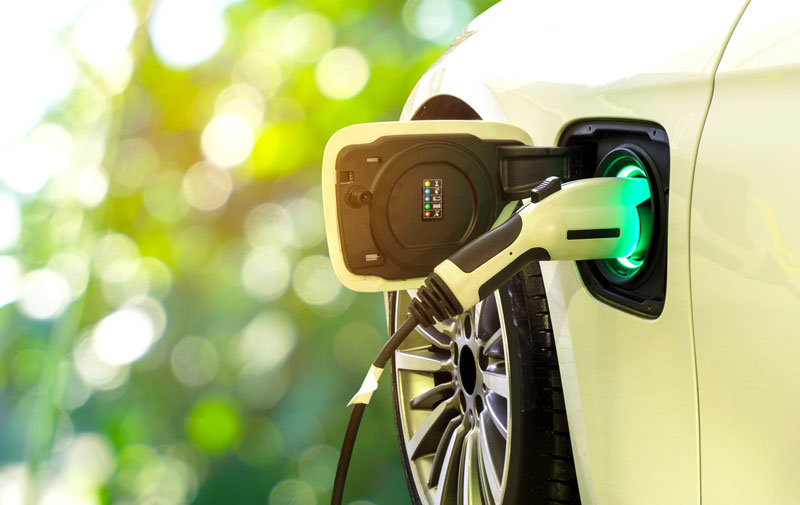The human identity is built upon a myriad of different factors, and yet none define it better than that tendency to grow on a consistent basis. This pledge of ours to get better, no matter …
The human identity is built upon a myriad of different factors, and yet none define it better than that tendency to grow on a consistent basis. This pledge of ours to get better, no matter the situation, has enabled the world to clock some huge milestones, with technology emerging as quite a major member of the group. The reason why we hold technology in such a high regard is, by and large, predicated upon its skill-set, which guided us towards a reality that nobody could have ever imagined otherwise. Nevertheless, if we look beyond the surface for one hot second, it will become abundantly clear how the whole runner was also very much inspired from the way we applied those skills across a real world environment. The latter component, in fact, did a lot to give the creation a spectrum-wide presence, and as a result, initiate a full-blown tech revolution. Of course, this revolution eventually went on to scale up the human experience through some outright unique avenues, but even after achieving a feat so notable, technology will somehow continue to bring forth the right goods. The same has turned more and more evident in recent times, and assuming one new automotive development ends up with the desired impact, it will only put that trend on a higher pedestal moving forward.
Seven of the biggest automakers in the world have officially joined forces to create a joint venture that will build out a large electric vehicle fast-charging network in the North America. According to certain reports, the companies included in the mix are General Motors, BMW Group, Honda, Hyundai, Kia, Mercedes-Benz and Stellantis. With an aim to install at least 30,000 chargers by the year 2030, the newly-turned partners will build dedicated stations around major cities as well as along popular travel routes, giving each station multiple high-powered fast chargers that can fill up an EV’s batteries to about 80% in 30 minutes or so. Like much of the current EV charging infrastructure, these chargers will work with each of the automakers’ different phone apps, thus ensuring the car owners don’t face any avoidable complication in regards to finding a charger and initiating a charge. Another detail worth a mention here would be fact that vehicles manufactured by companies, other than the seven involved, will also be able to use the stations in question. To inform you on the significance of such a move, we must acknowledge how the current charging network across US has largely proven to be unreliable, and while some of them do have a strong technological foundation, they carry a drawback of being situated in poor locations. This is a big reason why giants like Ford and General Motors had to seek out Tesla, as they tried to give their EVs access to a larger network of fast chargers. Owing to their very collaboration, the new stations will have both Tesla’s North American Charging Standard NACS cables and the more widely used CCS, or Combined Charging System.
In response to the questions posed regarding investment proportion of each company, the partners issued a statement saying:
“The parties have agreed not to disclose specific investment numbers at this time, but the seven founding automakers intend to work as equals to ensure the success of the joint venture,” the companies stated “As you can imagine, such a high-powered charging network of this scale requires a multibillion-dollar investment.”
The need for more EV chargers further makes itself apparent once you consider electric vehicle sales in the US have continued to rise during the first half of the year to more than 557,000 vehicles, taking up 7.2% of all new vehicle sales. Given the encouraging run rate, experts are projecting the year sales top hit 1 million and mark a major moment in EV’s journey to becoming more pervasive. However, one thing which might just slow down its progress, you guessed it, is the scarcity of enough chargers. The same is revealed by a Cox Automotive survey where almost a third of people cited a lack of charging as a the top reason they would not buy an electric vehicle. Now, although that percentage has fallen from 40% we saw back in 2021, the need for more charging stations remains loud and clear.
Coming back to the new network, it will deploy 10 to 20 chargers at every station. The stations, in turn, will be carefully located near restaurants and shops with available restroom facilities so to deliver maximum convenience. Not just convenience, though, the partners have also accentuated the sustainability aspect, considering they will use renewable energy to power the whole network. At present, the tentative plan is to release first batch of chargers by next summer.




